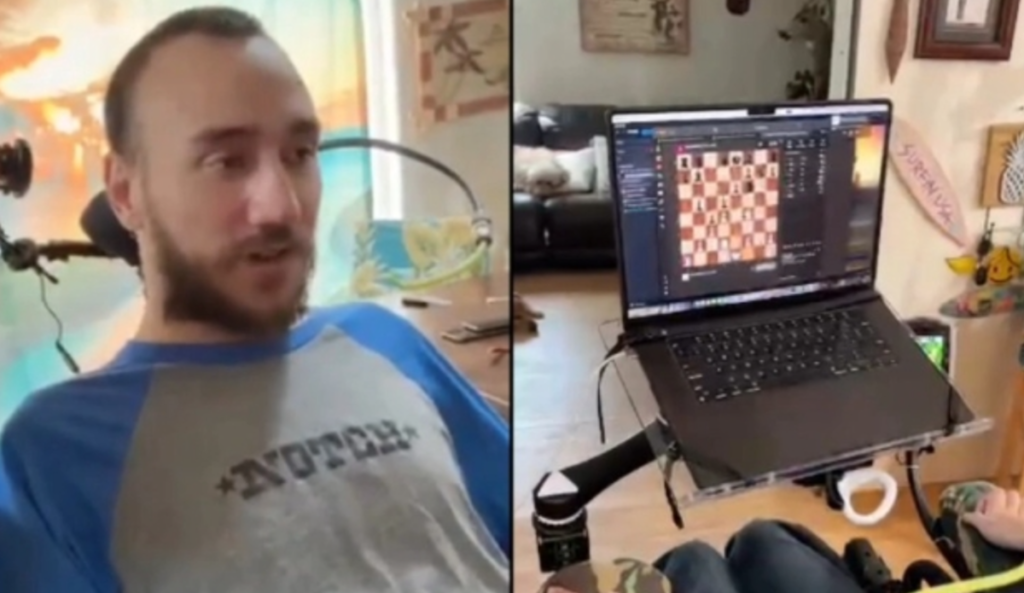
It was only last week we heard about Neuralink’s second human patient using the company’s new brain-computer interface (BCI) called “Link” to play Counter-Strike 2, and now we have an update from Nolan Arbaugh, the Neuralink’s first human patient.
Arbaugh’s success with the first BCI implant has truly been remarkable as the 29-year-old paraplegic has demonstrate competent control over a computer cursor through simply thinking where he wants the cursor to move.
In a nutshell, the BCI implant within both of the Neuralink patients’ heads measure electrical signals within the brain and coverts them into readable input data for a computer to process in real-time. The device gives patients such as Arbaugh the ability to play Mario Kart, and even describe his skill within first-person-shooter games as unfair as he has “an aimbot“. But more importantly, it changes the life for someone like Arbaugh as he is now able to interact with the world in a way that without Neuralink wasn’t possible.
The newly unlocked accessibility hasn’t been wasted by Arbaugh as the Neuralink patient explained in a recent X post that he has been working with Neuralink from Monday to Friday for four hours each day, and that this work consists of mapping different body parts to various inputs such as left, right and middle click, improving the user-interface, practising handwriting by imagining letters being drawn, and other routine tasks that improve the technology.
Arbaugh said in his free time he is learning French and Japanese for approximately three hours each day, along with relearning mathematicise with the hope of eventually being able to return to school.
These results from Arbaugh really do demonstrate the incredible potential BCI implants have for people suffering from disabilities.
